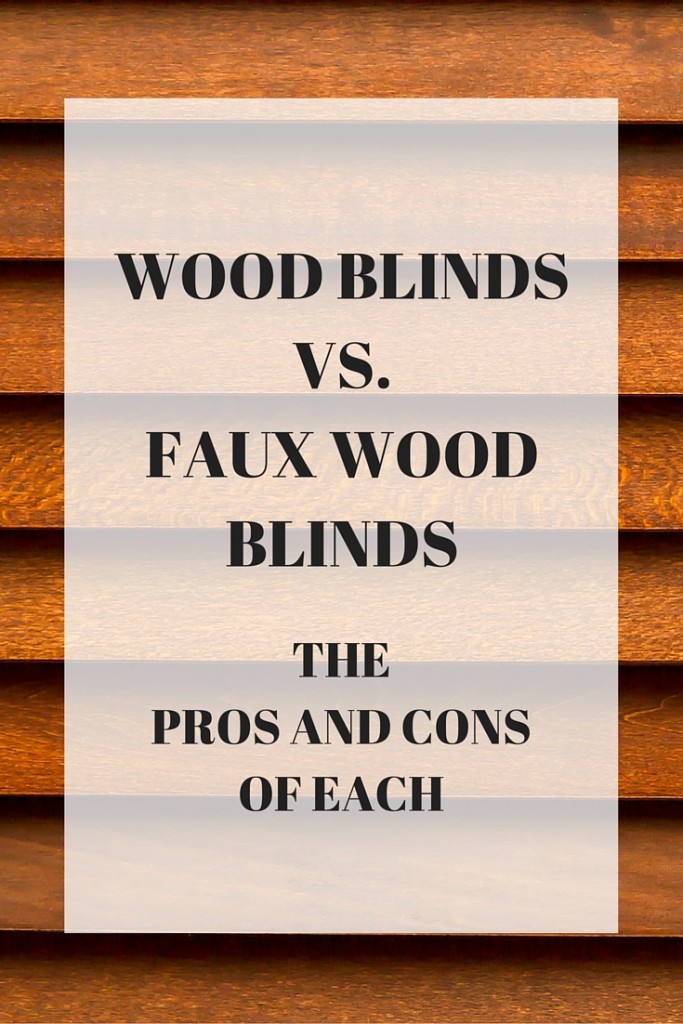15 Mar Wood Blinds vs. Faux Wood Blinds: The Pros and Cons of Each
Wood Blinds & Faux Wood Blinds: The Pros and Cons of Each
 When purchasing horizontal blinds for your windows, it can be difficult to make the decision between real wood and faux wood blinds. While both are great options for window treatments, there are factors that might sway you toward one or the other. Here is a brief guide to the difference between wood and faux wood horizontal blinds—and what the pros and cons are of each.
When purchasing horizontal blinds for your windows, it can be difficult to make the decision between real wood and faux wood blinds. While both are great options for window treatments, there are factors that might sway you toward one or the other. Here is a brief guide to the difference between wood and faux wood horizontal blinds—and what the pros and cons are of each.
Wood Blinds
Wood blinds can be made from a variety of woods, including basswood, abachi, and ash (basswood being the most common). Wood blinds are known for their luxurious and sophisticated look, which faux wood can come close to but not duplicate completely. These blinds come in a variety of finishes as well, allowing you to choose a neutral tone or black or white for your blinds. Wood blinds are also actually lighter in weight than faux wood blinds, making them especially great for extra large windows and for lasting durability. While faux wood blinds are easier to maintain than real wood blinds because of their resistance to moisture, you can still clean real wood blinds relatively easily using a damp cloth and a specialized wood cleaner if necessary.
Pros
- Natural, real wood aesthetic
- Sophisticated and luxurious look
- Variety of finishes
- Lighter than faux wood blinds
Cons
- More expensive than faux wood blinds
- Not as resistant to moisture (and therefore not best for high humidity environments)
Faux Wood Blinds
Faux wood blinds are typically made from either vinyl or a combination of wood and synthetic materials, and they can be manufactured to look very much like real wood. Faux wood blinds are typically more affordable than real wood blinds because they are more cost effective to manufacture. Another plus with manufacturing here is that the manufacturing process is environmentally friendly; fewer trees need to be cut down to produce faux wood blinds, and the blinds themselves are typically fully recyclable. In terms of durability, faux wood blinds tend to be more moisture resistant than real wood blinds, making them especially great from high humidity environments such as the bathroom (or simply a humid climate). Their resistance to moisture can make caring for them easier as well. As with real wood blinds, faux wood blinds come in a variety of finishes and colors so that you can find blinds to suit your interior space perfectly.
Here is a low-down of the pros and cons of faux wood blinds for a quick glance:
Pros
- Can look almost identical to real wood
- Variety of finishes
- Cost effective
- Environmentally friendly
- Moisture resistant
- Easier to maintain
Cons
- Not the “real deal”
- Heavier than real wood blinds
If you have more questions about shutters or blinds, check out our blog or talk to a window design specialist today.

Sorry, the comment form is closed at this time.